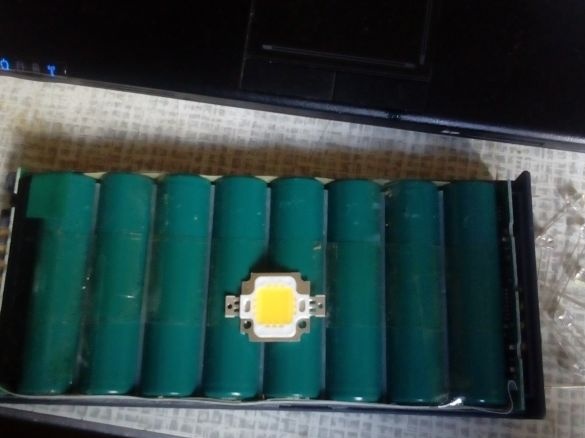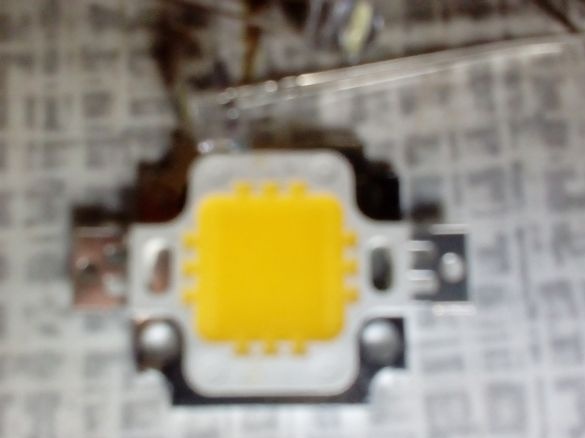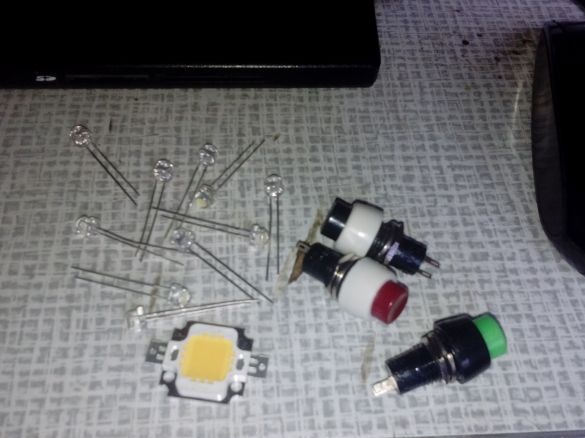There are a lot of questions on connecting LEDs, duration of work, and so on.
I bought one LED on 12V 10 watts from the spotlight. How to connect it correctly? I read, I need a radiator, can I install hot glue? That is, apply a drop of glue, and then sculpt an LED on it?
Do I need a resistor here and so on. For example, four 18760 cells will produce 3.7X4 = 14.8V. What kind of resistor is needed to lower the voltage to 12V?
And you need to determine approximately the operating time from four 18760.
There are 3V LEDs, the battery produces 3.7V, what resistors are needed for them?



